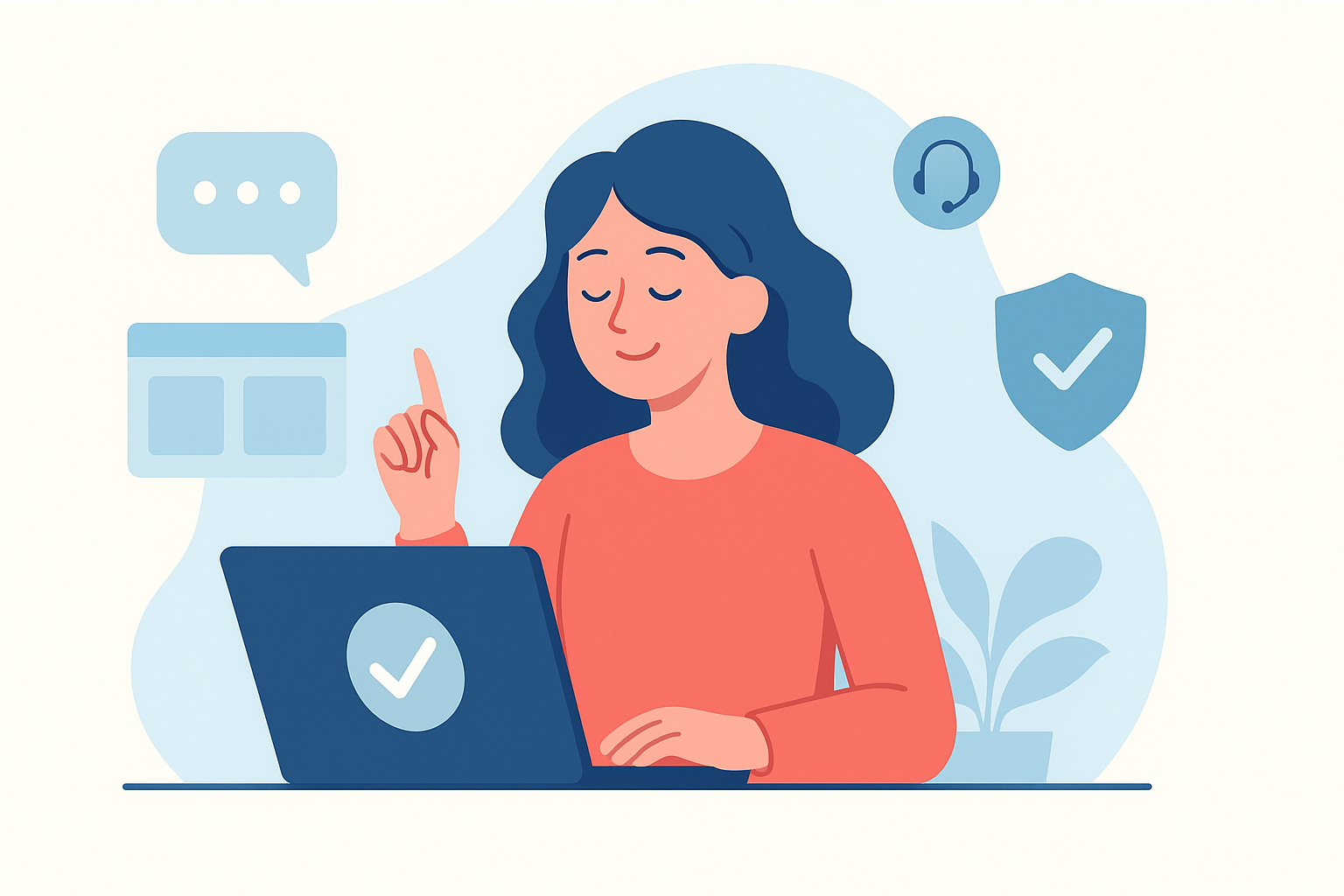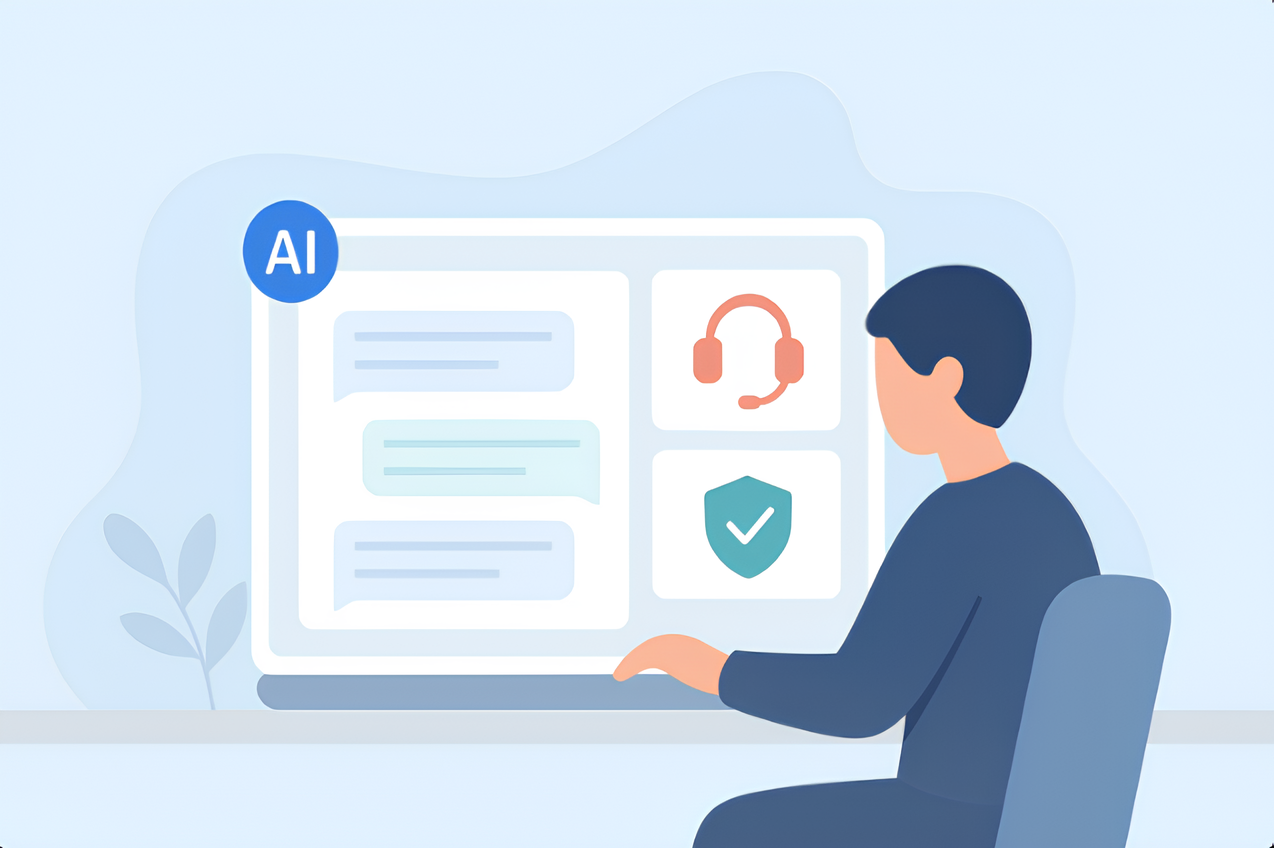Let’s Grow Your Business.
- Send Us Mail

When you land on a website and feel instantly welcomed or put off, that reaction is not an accident. Design reaches people before words do. Colors, spacing, imagery and tiny interactions create an emotional tone that guides decisions. That feeling leads people to stay longer, trust a brand more, and ultimately act. This post explains why emotion matters, how designers shape it, and practical things you can spot as a user so you get better experiences online.
What emotional design really means
Emotional design is about designing for feelings, not just tasks. It works on three levels. First there is the immediate reaction to how something looks. Then there is the ease and comfort of using a product. Finally there is how the experience makes you feel about the brand after the interaction. Good design addresses all three so the site feels cohesive and trustworthy. Experts in UX and product design have been talking about these layers for years because they reliably predict whether people come back.
Why feelings influence behavior
People are not robots. Before we reason through a choice we feel something about it. That first feeling is the most important gatekeeper. If a page feels confusing, people leave before they read the copy. If a product feels calming or familiar, users are more willing to try it. That is why emotional signals such as color, tone of voice, imagery and microinteractions are part of business strategy as much as aesthetics. Recent coverage of design trends shows emotional design moving from niche to mainstream practice across apps and websites.
How designers create emotion on purpose
Designers shape feelings with intention. They choose a palette that supports the brand feeling, select typefaces that match the voice, and pace content so users do not feel overloaded. Microinteractions like a subtle hover, a tiny success animation, or a soft sound when an action completes add a human touch that reassures people. Imagery that shows real users or clear outcomes builds empathy and reduces decision anxiety. Combined, these elements make an experience feel helpful rather than distracting. Practical frameworks and case studies make these choices repeatable across projects.
Easy ways to tell when a site has emotional intelligence
You do not need to be a designer to spot thoughtful emotional design. Watch for these signs and you will know the site is tuned for people.
• The page communicates what matters in the first few seconds.
• Visual hierarchy leads your eye naturally from the main message to the action.
• Buttons and interactions behave predictably and give immediate feedback.
• Imagery and language feel consistent with the message and audience.
• There is always a clear path to get help if you need it.
When these elements are present the experience feels effortless and trustworthy. When they are missing, you notice friction even if you cannot name it.
Practical examples that make a difference
A checkout flow that reduces form fields and confirms progress will lower anxiety and abandonment. A help widget that offers quick fixes and then a human option reduces frustration and increases conversion. A product page that pairs a short testimonial with a compact demo builds confidence faster than long technical copy. These are small changes but they compound into measurable improvements in retention and conversion.
Challenges and considerations
Emotional design is powerful but it can go wrong if used without care. Overuse of animation, manipulative urgency messages, or mismatched imagery can harm trust. Accessibility must come first because what looks emotional for one person can be confusing or unusable for another. Privacy and honest messaging matter too. Use emotion to make interactions clearer and kinder rather than to trick attention. Balancing delight with clarity is the core challenge good teams solve in every project.
How you as a user can benefit and protect yourself
Be a smart consumer of design. Appreciate experiences that help you make a decision quickly. Be skeptical of aggressive urgency messages or interfaces that hide support options. If an AI assistant or personalization feature feels intrusive, look for a privacy toggle or contact option. Good design empowers you to choose with confidence rather than nudging you in secret.
Tools and topics designers use (quick overview)
Designers use a mix of research and tools to tune emotion. They run simple user tests to confirm feelings, A/B test headlines and microcopy, and measure metrics like time on task and conversion. Visual systems and component libraries help keep emotion consistent across pages. For those who want to read more, there are a number of practical videos and articles that walk through examples and tactics.
Video : Emotional UX and Why It Matters for Users
This video explains emotion-driven design in plain language and shows examples that apply to both websites and apps. It is framed for everyday users and product teams and does not assume specialist knowledge. The presenter focuses on outcomes that matter to people rather than technical theory.
Final thought
Emotion is not decoration. It is the first language your website speaks. When designers treat feelings as an essential part of the experience, sites become easier to use, more persuasive without being pushy, and more memorable. As a user you deserve experiences that respect your attention and help you decide. Look for clarity, humane interactions, and honest design. Those are the signals of a product built for people.

